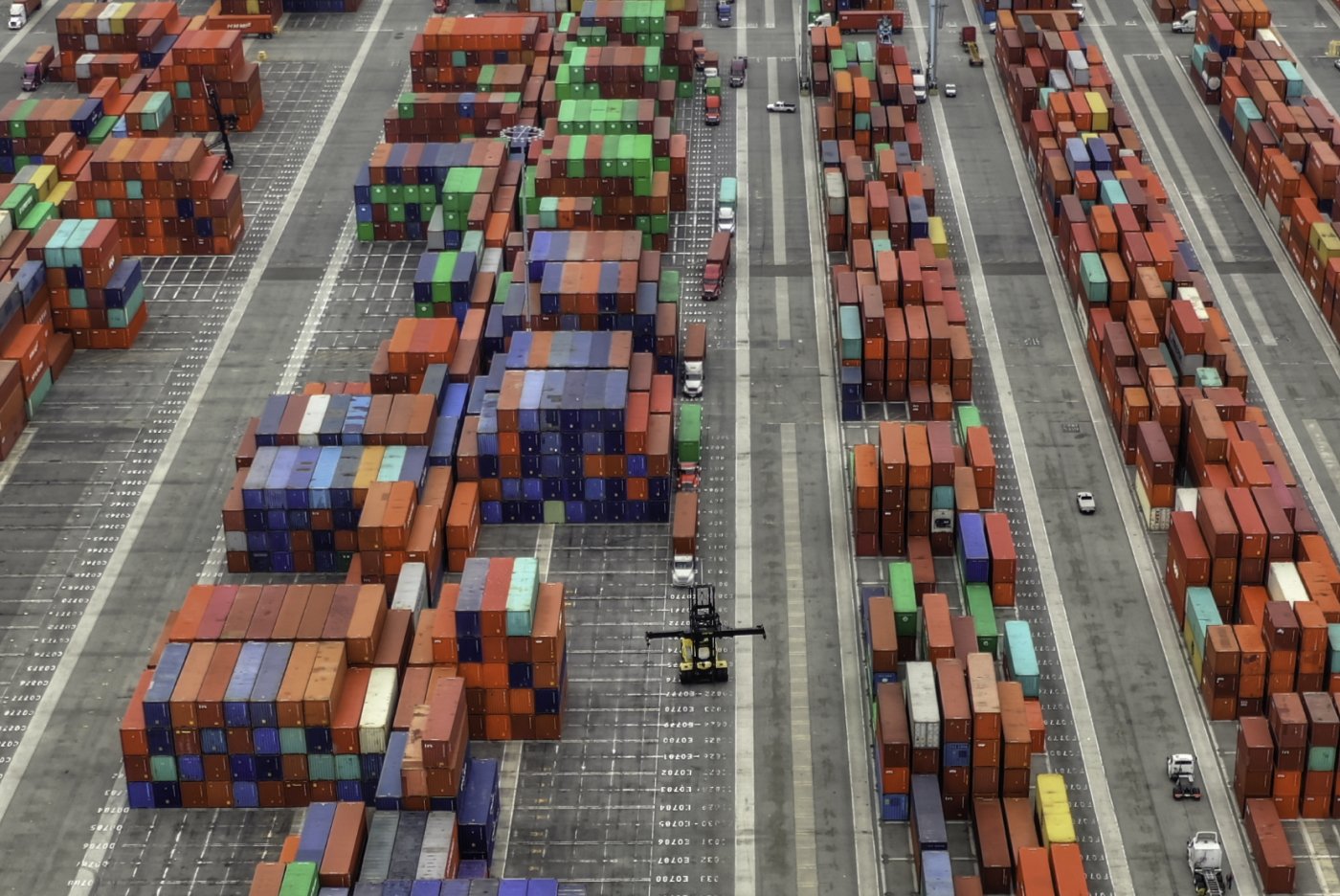
Last Mile Delivery: The Backbone of Modern Logistics
In the age of rapid e-commerce growth and increasing consumer expectations, last-mile delivery has become the most critical phase in the logistics chain. Defined as the final step of the delivery process from the transportation hub to the customer’s doorstep, it plays a crucial role in shaping customer satisfaction, operational efficiency, and brand perception.
This blog explores the significance of last-mile delivery, common challenges faced by logistics providers, and strategies to overcome these hurdles effectively.
Why Last-Mile Delivery Matters
1. Enhances Customer Experience
Last-mile delivery is the most visible part of the logistics process for customers. Timely and reliable delivery builds trust and ensures customer retention, while delays or inefficiencies can harm a company’s reputation.
2. Supports Business Growth
A well-executed last-mile strategy serves as a competitive advantage, enabling businesses to meet customer demands and stand out in crowded markets. By optimizing delivery times and accuracy, businesses can boost customer loyalty and market share.
3. Aligns with Modern Expectations
With the rise of on-demand shopping, customers expect same-day or next-day delivery, real-time tracking, and flexible options. Efficient last-mile logistics meet these expectations and help businesses thrive in a competitive environment.
4. Promotes Operational Efficiency
A streamlined last-mile process reduces delivery costs and minimizes waste, helping businesses balance profitability with customer satisfaction.
5. Contributes to Sustainability
The logistics industry is a significant contributor to carbon emissions. Last-mile innovations, such as electric vehicles and route optimization, help reduce the environmental impact.
Challenges in Last-Mile Delivery
1. High Costs
Last-mile delivery is the most expensive segment of the supply chain, often accounting for over 50% of total logistics costs. Factors like fuel expenses, labor, and urban congestion contribute to rising operational costs.
2. Urban Traffic Congestion
Delivering goods in densely populated areas requires navigating traffic jams and limited parking. These challenges often lead to delays and increased delivery times.
3. Address Accuracy and Accessibility
Incorrect addresses and hard-to-reach locations result in delivery failures, reroutes, or higher costs. Rural or remote areas further exacerbate this issue.
4. Evolving Customer Expectations
Modern consumers demand faster deliveries with greater flexibility. Balancing these demands with operational capabilities is a constant challenge.
5. Environmental Concerns
As the number of deliveries grows, so does the environmental footprint. Rising emissions and waste from packaging create additional challenges for logistics providers.
6. Delivery Failures
Missed deliveries due to customer unavailability or logistical errors increase costs and harm customer satisfaction.
Strategies to Overcome Last-Mile Delivery Challenges
1. Route Optimization
Using advanced algorithms and mapping tools helps identify the most efficient routes, reducing delivery time and fuel consumption.
2. Flexible Delivery Options
Offering evening deliveries, specific time slots, or weekend drop-offs caters to customer preferences and reduces delivery failures.
3. Crowdsourced Delivery
Engaging local couriers or independent contractors helps businesses scale operations and manage peak demands efficiently.
4. Green Logistics
Adopting eco-friendly solutions such as electric vehicles, bicycles, or consolidated deliveries minimizes the environmental impact.
5. Smart Lockers
Deploying self-service pick-up points reduces last-mile delivery costs and provides a convenient option for customers.
6. Predictive Analytics
Harnessing data for demand forecasting allows businesses to allocate resources and manage deliveries more efficiently.
Overcoming Last-Mile Challenges in Urban and Rural Areas
Urban Areas
In urban environments, traffic congestion and limited parking are significant obstacles. Solutions like bike couriers, automated delivery drones, and optimized urban distribution centers help streamline operations.
Rural Areas
Delivering to remote or sparsely populated regions involves higher costs and longer delivery times. Collaborative delivery models, consolidated shipments, and partnerships with local couriers can address these challenges.
The Future of Last-Mile Delivery
The logistics industry is witnessing rapid advancements aimed at transforming last-mile delivery:
- Autonomous Delivery Vehicles: From drones to self-driving vans, automation is paving the way for faster, contactless deliveries.
- AI and Machine Learning: Predictive algorithms optimize routes, allocate resources, and reduce inefficiencies.
- Sustainability Initiatives: Companies are increasingly focusing on reducing carbon emissions through renewable energy and sustainable packaging.
- Hyperlocal Warehousing: Establishing small, strategically located warehouses ensures faster delivery to nearby customers.
FAQs About Last-Mile Delivery
1. What is the significance of last-mile delivery in logistics?
Last-mile delivery is the final step of the logistics process, connecting businesses with customers. It directly impacts customer satisfaction, brand perception, and operational efficiency.
2. Why is last-mile delivery expensive?
The cost of last-mile delivery arises from factors like fuel consumption, labor, traffic congestion, and delivery frequency. Failed deliveries and additional trips further increase costs.
3. How can businesses reduce delivery failures?
Businesses can reduce delivery failures by ensuring accurate addresses, offering flexible delivery options, and implementing smart notification systems to alert customers about their delivery schedules.
4. How do smart lockers benefit last-mile delivery?
Smart lockers provide a secure, self-service option for customers to collect packages, reducing delivery failures and increasing convenience.
5. What are the environmental impacts of last-mile delivery?
Last-mile delivery contributes to pollution through vehicle emissions and packaging waste. Adopting green logistics strategies like electric vehicles and sustainable packaging can mitigate these impacts.
6. What technologies are transforming last-mile delivery?
Technologies such as AI, IoT, autonomous vehicles, and real-time tracking are revolutionizing last-mile delivery by improving efficiency and customer experience.
7. How do rural and urban last-mile delivery strategies differ?
Urban deliveries focus on overcoming congestion and limited access, while rural deliveries address issues of distance and sparse infrastructure.
Conclusion
Last-mile delivery is the linchpin of modern logistics, bridging the gap between businesses and customers. Its impact on customer satisfaction and brand loyalty underscores the need for efficient and innovative solutions.
As e-commerce continues to grow, the importance of optimizing last-mile logistics will only increase. Businesses that embrace technology, sustainability, and customer-centric strategies will be well-positioned to lead in this dynamic landscape.
Contact us to learn how our solutions can elevate your last-mile delivery operations and meet the demands of the modern customer.
Leave a Reply